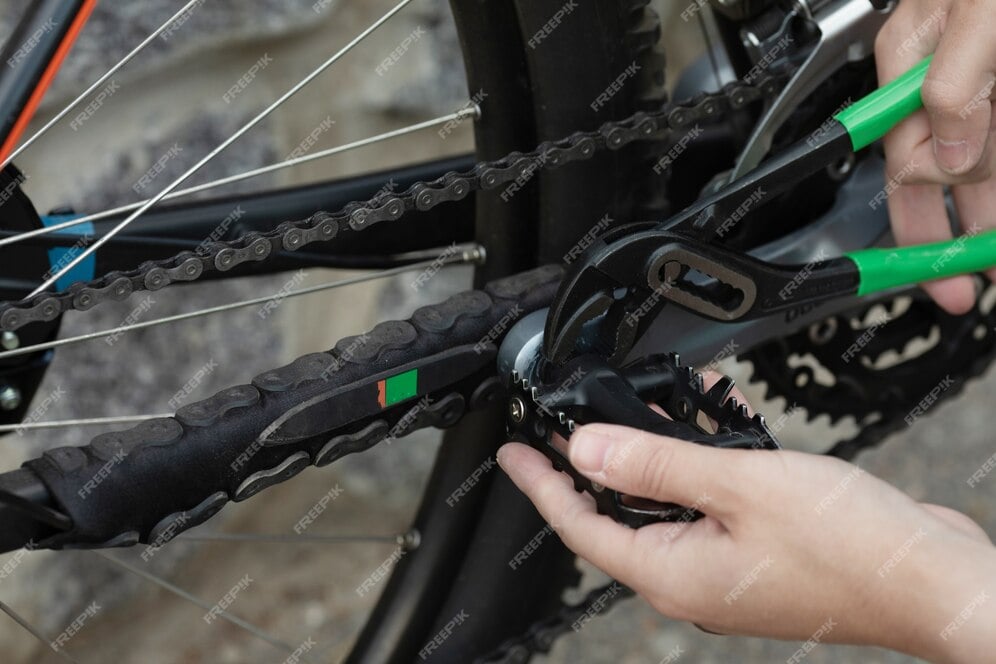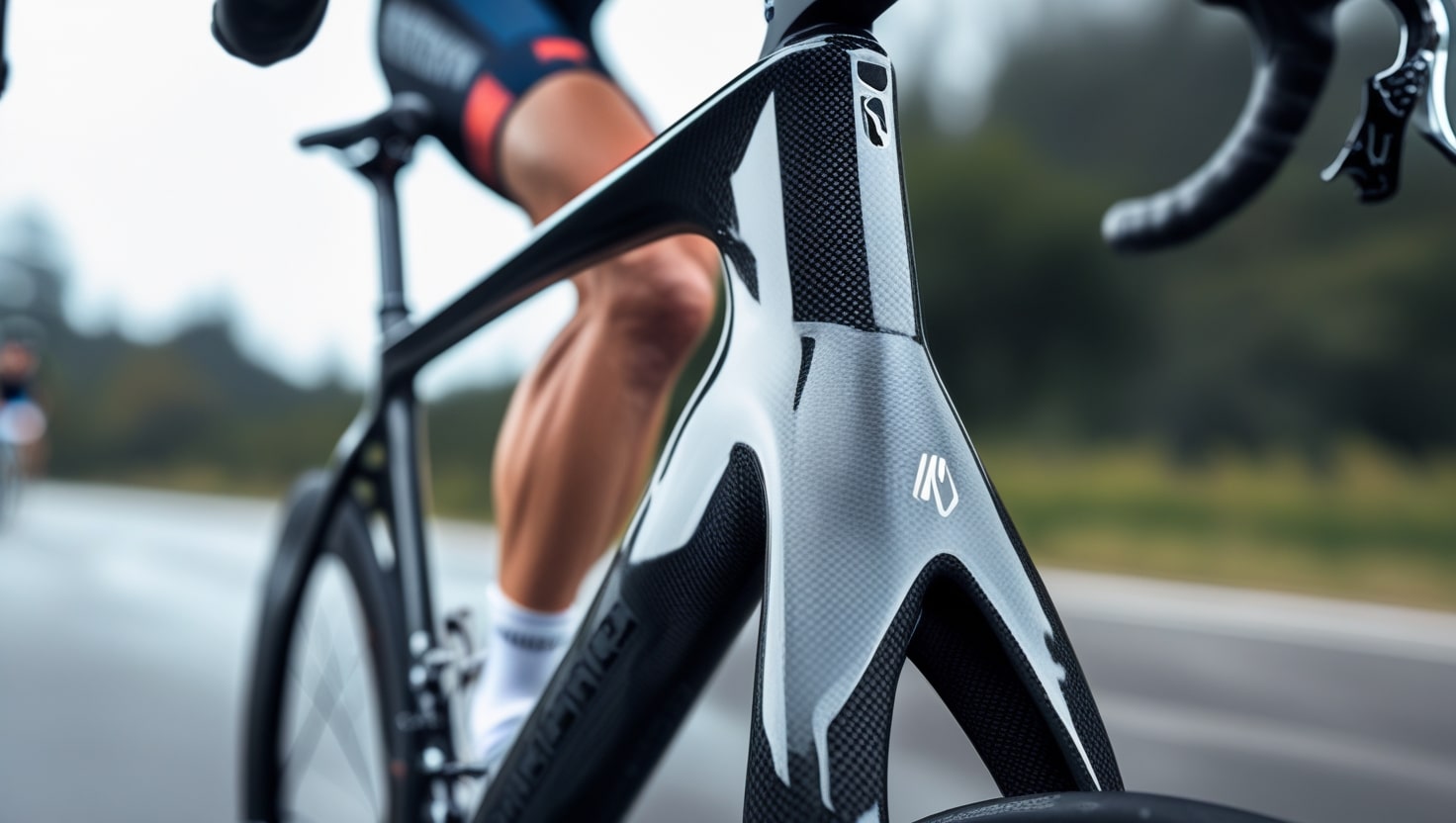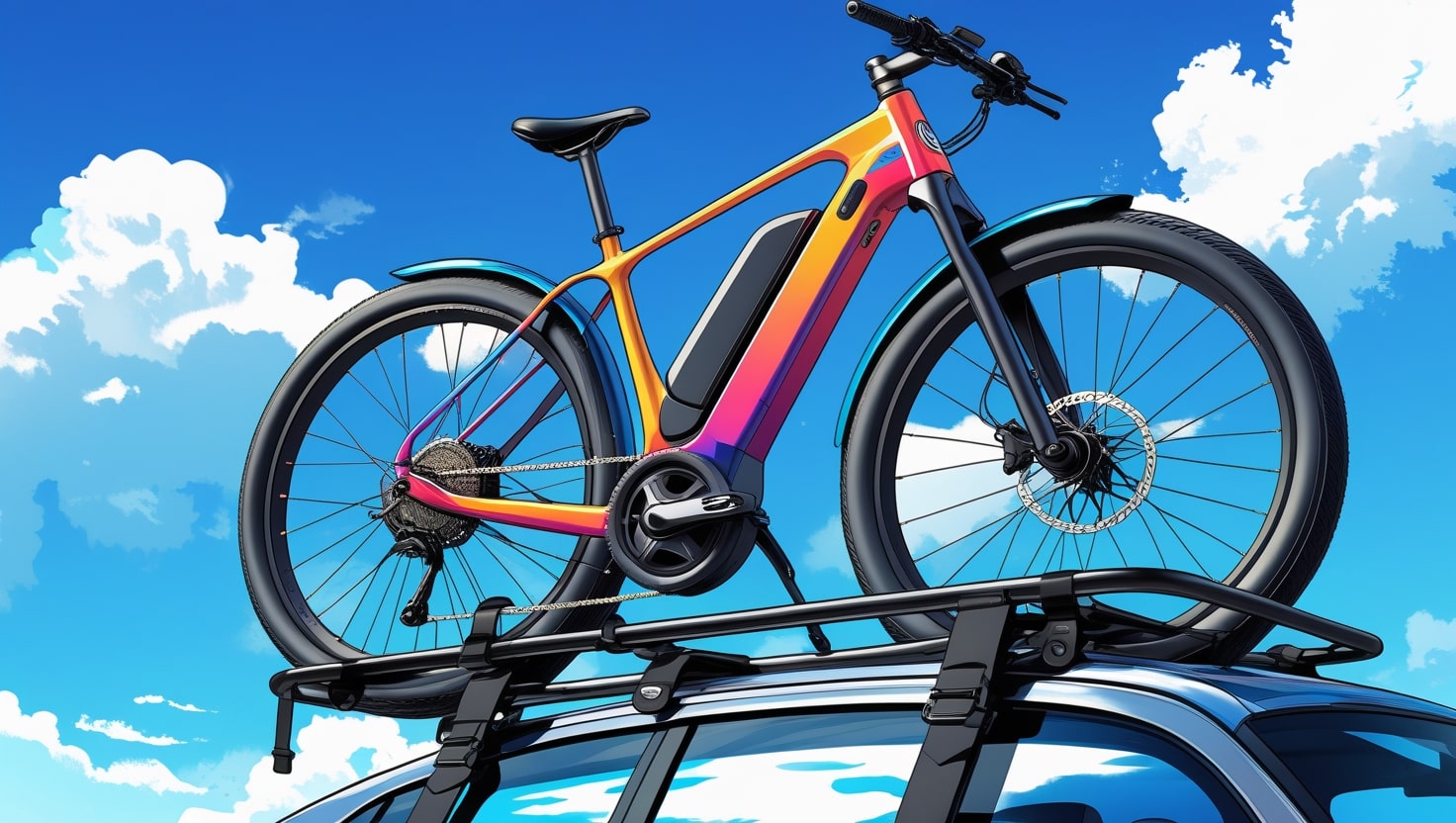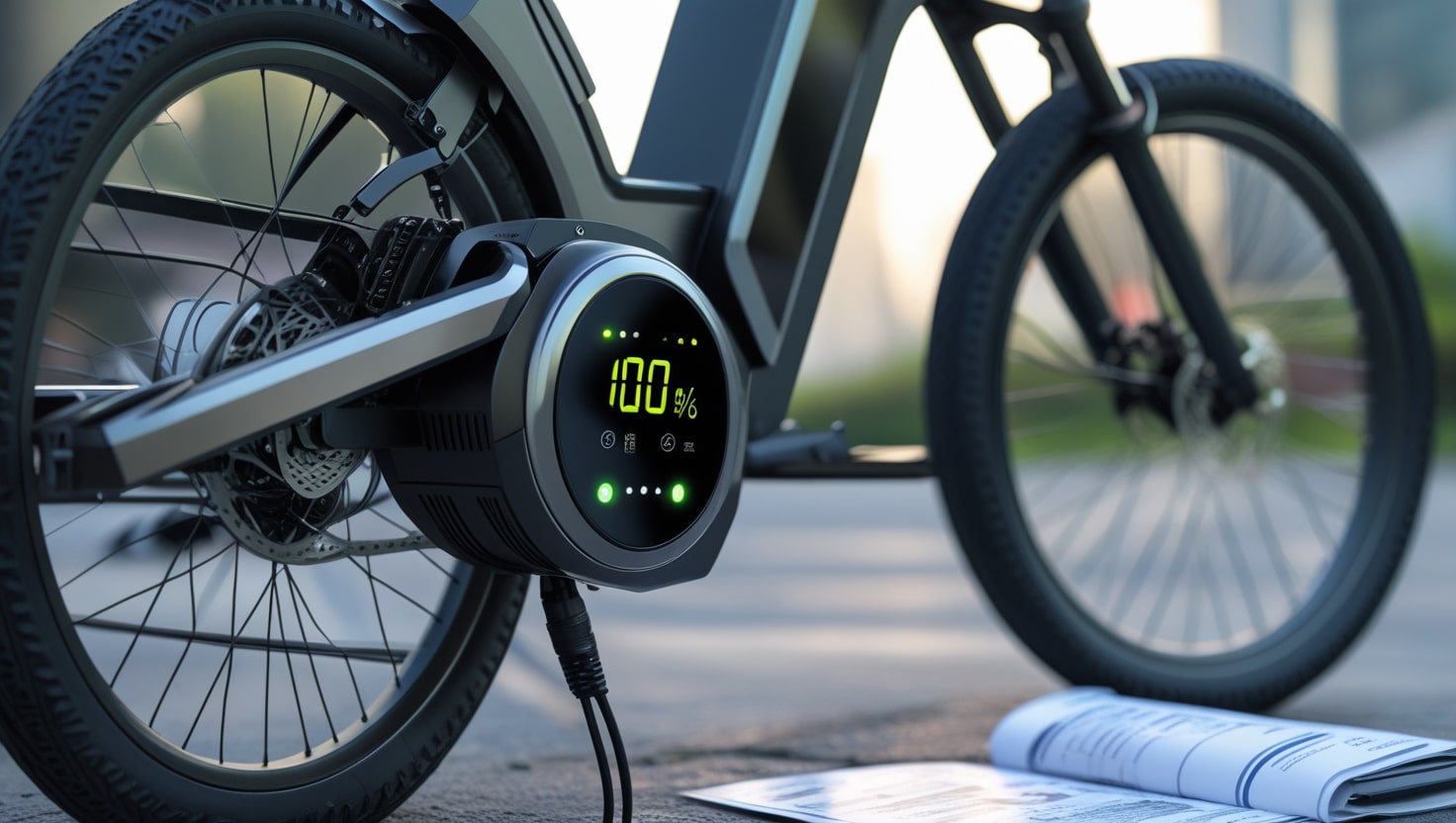Taking care of your bicycle is essential, and one of the most important aspects of maintenance is knowing when to replace bike chain. A worn-out chain affects the drivetrain and reduces the performance of other components, costing you more in repairs. There are various methods and tools available to check for wear, helping you determine the right time to replace it. Regular checks not only extend the life of your bike but also keep it running at its optimal level. This article covers all the key aspects of chainwear, ensuring you have the right knowledge to make informed decisions.
Getting Started: when to replace bike chain
A bicycle chain is a consumable part of the drivetrain that naturally wears over time. The internal parts, such as rivets and rollers, gradually break down, creating the illusion of stretching. When this happens, the chain no longer meshes properly with the cogs and chainrings, leading to poorly executed shifting and premature damage to your cassette. Since replacing a cassette is costly, knowing when to replace bike chain will help save you money in the long run.
Certain symptoms indicate that your chain is wearing out. If you notice problems like the chain slipping under load or experiencing chain suck, where the chain remains engaged on a chainring longer than it should, it’s time for an inspection. A poorly maintained chain can also bind during shifts, making riding frustrating. To avoid these issues, ensure your shifting is dialed in and keep your chain clean and lubed for smooth operation.
There are different methods to check for chain wear, from lifting the chain off the front chainrings to measuring the distance between rivets. However, the easiest and most accurate way to determine wear is by using a chain indicator tool. When checking, place your bike on a repair stand or keep it on the ground as long as it remains stable and won’t shift or tip over while you work.
Method 1: Lift off Chainring
One simple method for checking chain wear is to see how much it lifts off the chainring. If you notice a gap where daylight appears between the chain and chainrings, you might need a replacement soon or be approaching the point where it’s necessary to replace it. Though not as accurate as using a proper tool, it’s a good starting check. To do this, shift into the smallest cog on the rear and the largest chainring in front, then try to lift the chain. If it raises significantly, it’s time for a new one.

Related: How to stop squeaky brakes on a bike
Method 2: Measure with Ruler
Another ballpark method for checking chain wear is measuring it with a ruler. To do this, pick a rivet and align it with the zero mark, then count 24 more rivets. The last rivet should line up exactly at the 12″ mark. If it is off by 1/16″ or more, your chain is stretched beyond the recommended point, meaning it’s time for a replacement.

Method 3: Use CC-4
A reliable way to check chain wear is by using the CC-4 Chain Checker, which contacts the chain at three places to provide an accurate measurement. This tool works on 5-to-12 speed bicycle chains, including SRAM® AXS® 12-speed models and others with irregular roller sizes. It accurately indicates when your chain has reached 0.5% or 0.75% wear, which are the points most manufacturers suggest for a replacement.
To use it, lower the tool onto the chain while keeping the gauge tip above the chain. Apply and maintain tension on a short section, as this step is crucial to obtain a proper reading. Then, push the chain onto the tool and check the position of the tip—this will indicate if the chain is worn and help you determine its level of wear.

Method 4: Use CC-3.2
To start measuring chain wear, use the CC-3.2 tool and locate the end with the 0.5 stamp. Install the hook onto a link with inner plates to ensure it sits correctly against the roller and not the side plates. Then, attempt to insert the other end into the chain—if it doesn’t fit, the chain is not yet 0.5 percent worn. If it does, the chain is longer than when it was new. Flip the tool to check for 0.75 percent wear to see if replacement is needed.

Method 5: Use CC-2
To measure chain wear, the CC-2 Chain Checker is a simple and effective tool. Place the front and rear studs between two inner and two outer plates, respectively. Then, push lightly on the lever to remove any slack and feel for a distinct stop. Avoid using extra force beyond the stopping point. The reading in the window will show the percent of wear, helping you decide if it’s time for a replacement.

What The Numbers Mean
Each drivetrain manufacturer has its own specifications, so it’s best to consult them for the recommended wear level for your system. However, general guidelines suggest that a chain should be replaced by the time it reaches the value they have specified. Using a chain beyond its intended limit can prematurely wear out your cogs and chainrings, leading to higher repair costs. Staying on top of this routine maintenance task will save you both cost and hassle in the long run.
| Drivetrain | Wear |
|---|
| Single-speed | 1.0% |
| 10-speed cassette | 0.75% |
| Freewheel (10-speed or less) | 0.75% |
| 11-speed or more | 0.5% |
What pieces make up a chain?
A bicycle chain is made up of many individual pieces that work together to transfer power smoothly. These include the pin (or rivet), outer links, inner links, bushing, and roller. In modern chains, the bushing is integrated with the plate, which holds the circular roller in place. Each link is joined to the next, with alternating outer and inner plates. A whole segment of a chain consists of both outer and inner plates.
The spacing between the pins is 0.5in (12.7mm), a set pitch that follows industry standard for multi-speed bikes. This standard applies specifically to derailleur-type chains, which are used on most geared bicycles.
What is chain wear?
Chain wear happens over time as the pitch of the chain grows in length due to friction. This is often called chain stretch, but the chain doesn’t actually stretch—it wears as the bushings and pins rub together.
The inner diameter of these parts increases, causing the pins to groove out, which leads to growth in the chain. It is stated that a chain is worn when it reaches one per cent longer than its original size of 0.5in (12.7mm).
Another important type of wear is slop, which is harder to measure but common among riders who don’t apply much torque to the drivetrain or prefer to spin at a higher cadence. Worn-out rollers create side-to-side play, making shifting feel sloppier since the ramps on the cassette or chainring have to work harder to derail the chain onto the next cog.
While slop does not wear out other components, the rate of wear depends on a plethora of factors, such as discipline of riding, terrain, model of chain, and how often you change gears.

Related: Convert Mountain Bike To Electric
Why should I care about chain wear?
A chain with too much wear leads to poor shifting and lost efficiency. Over time, it becomes severely weaker, increasing the risk of a snapped chain, which is never fun to deal with. More importantly, ignoring chain wear will cost you more money in the long run.
A worn chain has knock-on effects on your bike, as it wears down the cassette, chainrings, and crankset. Since these parts are expensive, the cost can escalate quickly if the chain isn’t replaced in time.
A new chain with a 0.5in pitch is designed to sit deep in the cog, but as the pitch increases, it rolls higher on the tooth, causing rapidly increased wear and reduced contact. If left too long, it will start skipping over the top of the cog.
However, if the chain is replaced before it passes its limit, it’s possible to run multiple chains on the same drivetrain without needing to replace the cassette and chainrings. For the majority of drivetrains, this approach is far more economical, especially with high-end groupsets.
What if my chain is already worn?
If your chain has too much wear, your options depend on how badly it has affected the rest of your drivetrain. On terribly worn drivetrains, the teeth on the cogs may look hooked because the chain has been riding too high on them.
At this point, simply replacing the chain alone may not be an option—you may need to change the cassette and chainrings as well. If you continue riding with an excessively worn chain, you also run the risk of it snapping unexpectedly.
If your chain is only slightly past the limit, you might get away with just fitting a new one. However, if you experience skipping on the cassette or chainrings, that means the old chain has worn them out, and they now need replacing. Running a new chain on old components can cause it to wear prematurely.
There are exceptions—on cheaper bikes, it may be more economical to let the chain and cassette wear together and replace both in one go. It’s worth familiarising yourself with the particular components on your bike and their cost before deciding on your replacement strategy.

Related: 12 Best Mid Drive eBike
What is the best chain checker?
There are strong opinions on which style of chain checkers actually work and which ones give premature wear readings. Some claim that certain tools are susceptible to false readings by measuring roller movement when pushing the pieces in opposite directions.
However, drop-in checkers from Shimano and Pedro isolate pin wear by measuring it in the same direction, making them widely viewed as accurate across different brands and speeds.
Other factors, such as tension, can affect the results—applying higher force may change the reading a tool supplies, making it subject to hand pressure. A dirty or thickly lubricated chain can also appear less worn than a clean one, so cleaning your chain ensures a more accurate check.
When comparing tools like the CN-42, Park Tool CC-3.2, and KMC Digital gauge, results were similar, signaling wear at 0.75 per cent, while for an identical Ultegra 11-speed chain, the KMC Digital checker measured 0.89 per cent wear.








